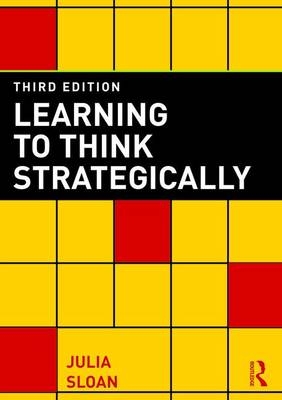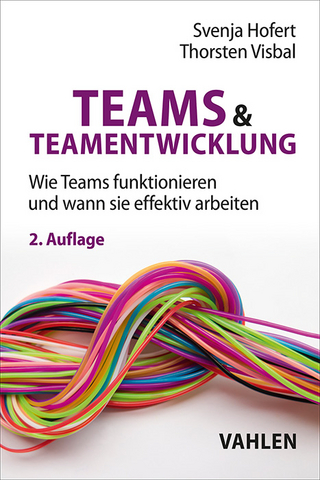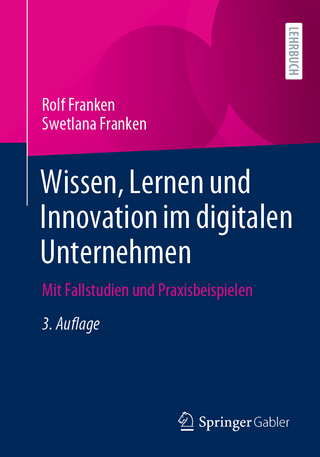
Learning to Think Strategically
Routledge (Verlag)
978-1-138-68475-1 (ISBN)
- Titel erscheint in neuer Auflage
- Artikel merken
In this third edition of a popular text, the author provides an unconventional definition and model for strategic thinking based on critical theory. This research-based book introduces the concept as the foundation of business strategy that is distinct from strategic planning and strategic implementation.
New features, including executive summaries and key critical reflective questions, along with new and updated figures, make the book vital reading for MBA, leadership development, and executive education students. The practical nature of this book also makes it valuable for business and policy executives, managers, and emerging leaders.
Julia Sloan is Principal of Sloan International Inc., a New York-based firm specializing in strategic thinking for leaders of businesses, government, and international agencies operating in markets of Asia, Europe, the Middle East, Africa, and North America. She received her doctorate in organizational leadership from Columbia University, where she teaches strategic thinking.
Part 1: How Did We Get Here?
1. Chronology of Strategy
2. Contemporary Competing Views of Strategy
3. Implications of the History of Strategy History for Strategic Learning
Part 2: How Do We Learn to Think Strategically?
4. Definition of Strategic Thinking
5. Informal and Formal Learning Defined
6. Formal Learning Refuted
7. Context and Learning Transfer as Factors in the Strategic Thinking Process
8. The Triangle Model
Part 3: What Does Learning to Think Strategically Look Like?
9. Preparation Stage
10. Experience Stage
11. Re-evaluation Stage
Part IV: How Can We Get Started?
12. Overview of Learning Domains Used for Strategic Thinking
13. The Surf and Dive Learning Domains
Part 5: How Can we Talk About All this?
14. The Role of Dialogue in the Strategic Thinking Process
15. What is the Role of Inquiry in Critical Dialogue?
Part 5: Why Does Some of This Feel So Familiar?
16. Intuition as a Must-Have for Learning to Think Strategically
17. Framing and the Intuition Factor
18. Shattering Frames
19. Reframing
Part 7: . . . But What About the Numbers?
20. The Roles of Analysis and Intuition in Strategic Decision Making
21. Decision-Making Approaches to Strategic Thinking
22. Coordination Intuition and Analysis to Facilitate Strategic Thinking
Part 8: What Role Does Culture Play?
23. The Role of Culture in Strategic Thinking
24. The Challenge of Introducing Strategic Thinking Across Cultures
Part 9: Is Anybody Born With This Know-How?
25. The Five Critical Attributes
26. Interplay of the Five Attributes
27. Adaptation as a Strategic Expectation
Part 10: How Can We Become Better Strategic Thinkers?
28. Developing the Five Essential Attributes
29. Developing the Critical-Reflective Processes
30. Where We’ve Come From and Where We Can Go: Some Suggestions
| Erscheinungsdatum | 25.05.2016 |
|---|---|
| Zusatzinfo | 12 Line drawings, black and white; 9 Tables, black and white; 12 Illustrations, black and white |
| Verlagsort | London |
| Sprache | englisch |
| Maße | 174 x 246 mm |
| Gewicht | 574 g |
| Themenwelt | Wirtschaft ► Betriebswirtschaft / Management ► Unternehmensführung / Management |
| ISBN-10 | 1-138-68475-9 / 1138684759 |
| ISBN-13 | 978-1-138-68475-1 / 9781138684751 |
| Zustand | Neuware |
| Informationen gemäß Produktsicherheitsverordnung (GPSR) | |
| Haben Sie eine Frage zum Produkt? |
aus dem Bereich



